‘How I improved the BER Rating of my Period Home.’
House
3
min read
27 May 2021
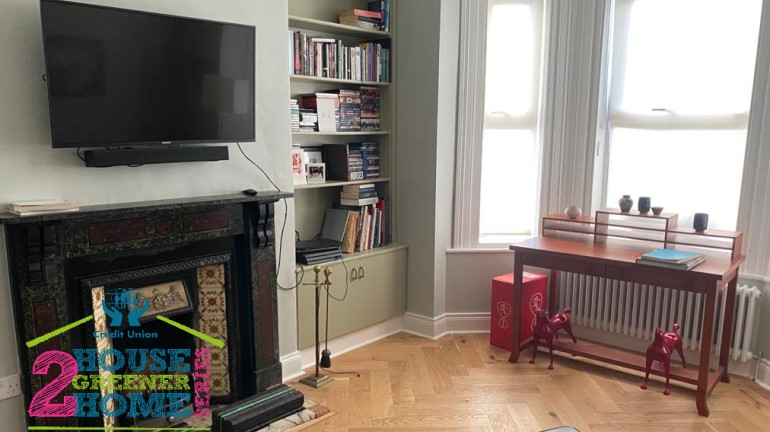
House2GreenerHome: Your Complete Guide for Energy Efficient Home Improvements
When the Mulligan family home went up in flames, it took less than 15 minutes for the fire to engulf the house, and nearly a full year to rebuild it from a shell. From finance and insurance to tradesmen, insulation, floors, plastering and décor, Dermot Mulligan tells us how he managed the rebuild, piece by piece. The advice in their blog here, can also be helpful to anyone planning an extensive home renovation.
Although the insurance covered what was lost in the fire, any extras the Mulligan’s wanted, like insulation, would have to be paid for themselves, and they decided to take the opportunity to do something they’d always planned – to make their home warmer.
They first contacted their local credit union, to secure a low-cost green home improvement loan. Then they spoke to an architect, who helped them identify key areas to improve the BER Rating of their period home from an E, to a B.
1. Insulation
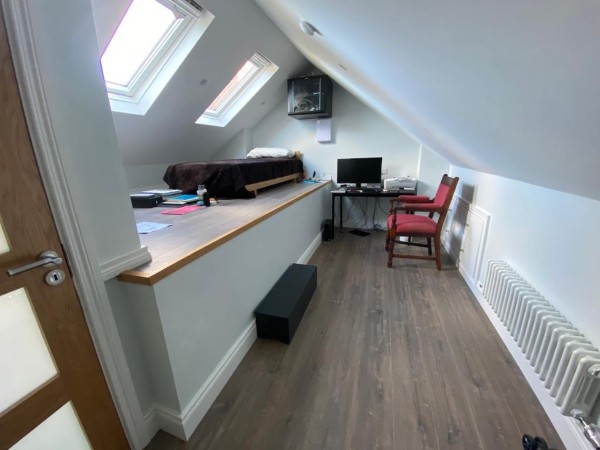
The first, and biggest step was to look at insulating the inner walls, ceilings and attic space to improve heat retention, reduce energy bills and increase energy rating. The following work was carried out:
The best way to ensure their attic was isulated was to install 300mm of rockwool between rafters – which prevented the heat from escaping through the roof. They also used good rigid foam sheating warmboard along the walls. (see below).
For the internal walls, the family considered using rigid foam sheathing insulation - which is essentially a rigid foam board that effectively seal gaps and close air leaks. If using this method, it was recommended they go for 62.5mm warmboard.
Given the old house was at risk from condensation building up on the inner face of their brick wall, Gutex insulation was chosen instead. Gutex is a breathable, natural wood fibre insulation board made from recycled waste wood chips. It keeps the rooms warm in winter, cool in summer, and also acts as a sound barrier. The main benefit of this insulation was its ability to allow moisture and humidity to pass through the wall in order to prevent condensation and mould.
2. Raised timber floors
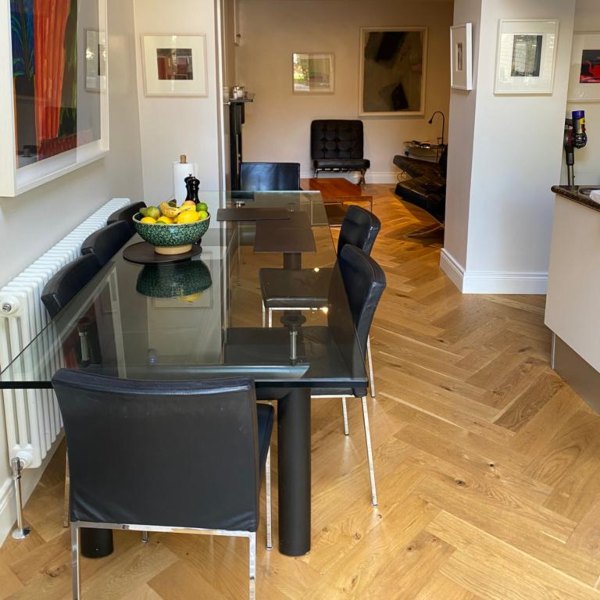
The Mulligan’s floor was essentially an external space that was only separated from them by original old pine floorboards, with very large gaps between them. It was one of the biggest heat loss areas in the house.
They were advised to remove the current floor, fill the void and install insulated concrete underneath. As that was very expensive and above their budget, the alternative was to take up the old floor-boards, lay a layer of ply, then lay new, engineered floorboards. That essentially sealed the home against draughts.
3. Windows Insulation
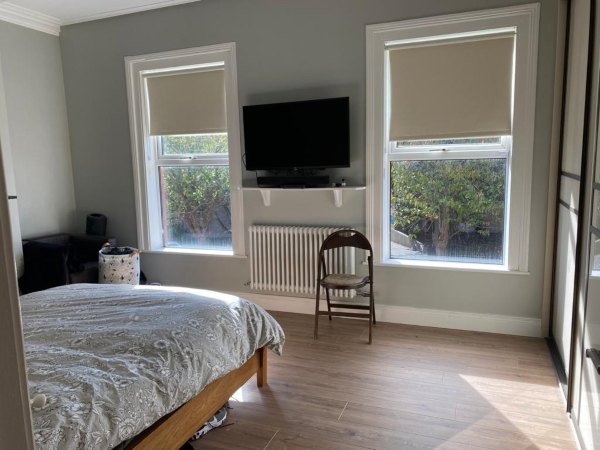
Eight windows needed to be replaced and they chose triple-glazed, which was great for trapping air and insulation, and was also great to block out noise. As sash windows could be quite expensive, they chose a mid-range window, with a 6-8 week lead time.
4. Solar PV panels
While the electrics of the house was being fitted, the family decided to make a provision for PV panels. They needed wiring for power to the panels and also, the panels needed to be bonded – (a safety measure that involves connecting the metal in the system, to reduce dangers during a fault).
The PV panels had to go on the south facing roof, and were connected directly to their mains. They cost approx €3,500. Although they chose not to, the Mulligan’s also had the option to purchase a battery (approx. €1,500-€3,000 depending on the size) which would store electricity.
5. Radiators
Their old radiators were replaced with triple panel versions .They chose am historic column rad in for the front hall and sitting room. They also ensured all the radiators had thermostats - this will make a huge difference to their heating bill.
6. Bathroom Roof
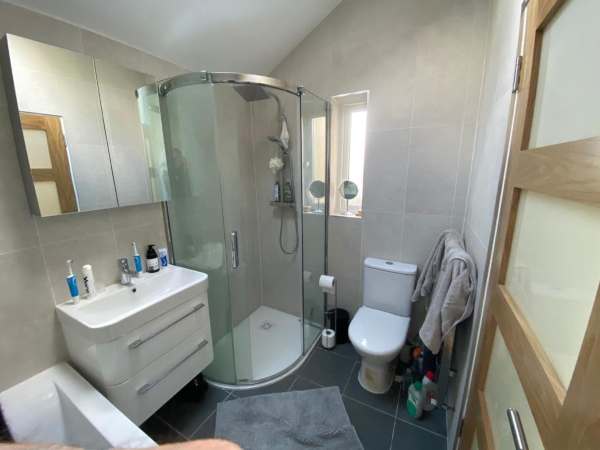
As the bathroom was added to the home forty years after it was built in the early 1900’s, it was one of the coldest rooms in the house. The family installed felt on the bathroom return roof.
A Green Loan from your Credit Union
If you need help to fund a warmer, greener home, take to your local credit union about a green home improvement loan today, or submit an online loan enquiry by clicking here.
Keep an eye out for #House2GreenerHome across Facebook, Twitter, or Instagram for some great tips and advice on improving the energy efficiency of your home.